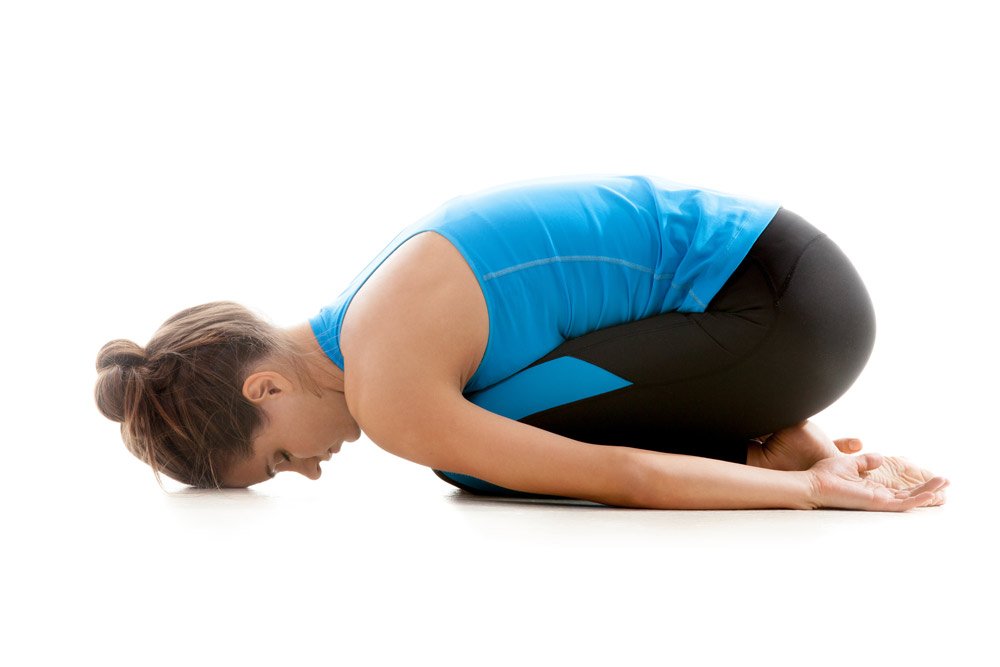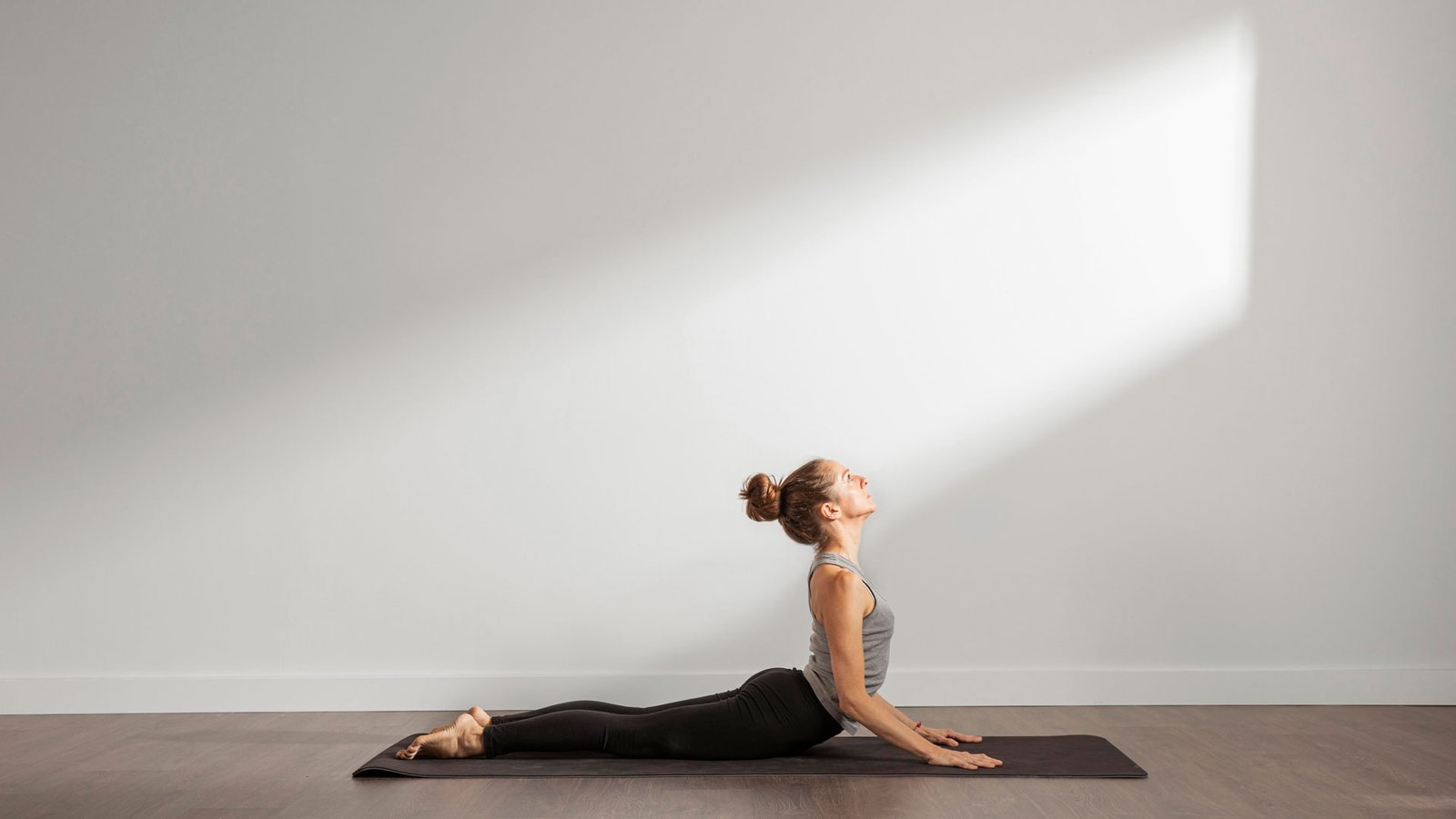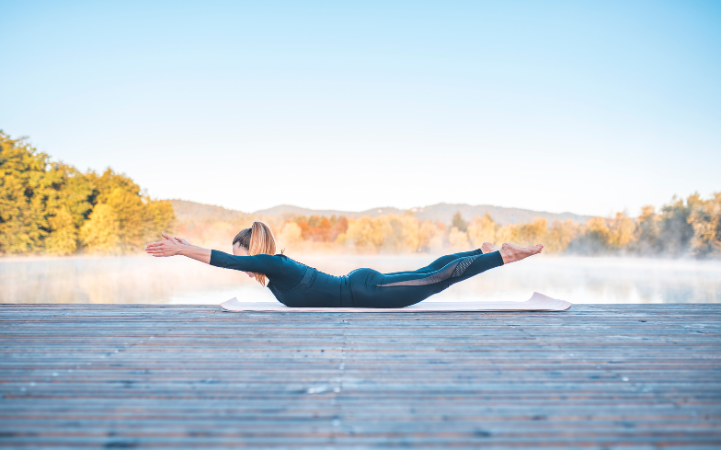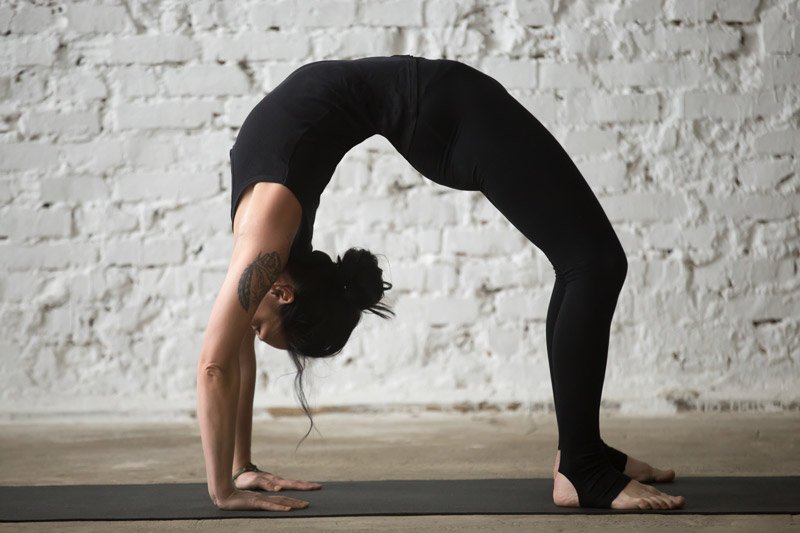Shishuasana, or Child’s Pose, is a gentle, restorative yoga posture that promotes relaxation and rejuvenation. Derived from the Sanskrit words Shishu (child) and Asana (pose), this posture resembles a child curled up in a fetal position. It is often used as a resting pose between more active postures, allowing the body and mind to reset. Despite its simplicity, Shishuasana offers numerous physical, mental, and emotional benefits, making it a staple in yoga practice for practitioners of all levels.
Steps to Perform Shishuasana
- Starting Position: Begin in a kneeling position, sitting back on your heels with your knees together or slightly apart.
- Extend Your Arms: Stretch your arms forward, keeping them straight and parallel. Alternatively, you can rest your arms alongside your body with palms facing upward.
- Lower Your Torso: Exhale and slowly fold your upper body forward, bringing your forehead to the mat.
- Relax Your Hips: Allow your hips to sink back toward your heels, feeling a gentle stretch in your lower back and hips.
- Soften Your Body: Relax your shoulders, neck, and jaw, and let your entire body rest into the pose.
- Breathe Deeply: Take slow, deep breaths, focusing on the expansion of your back and ribs with each inhalation.
- Hold the Pose: Stay in the position for 30 seconds to a few minutes, depending on your comfort and needs.
- Release the Pose: To exit, slowly lift your torso back to a kneeling position, moving mindfully to avoid strain.
Benefits of Shishuasana
- Promotes Relaxation: Calms the nervous system, reduces stress, and fosters a sense of inner peace.
- Gently Stretches the Spine: Elongates and decompresses the spine, relieving tension in the back and neck.
- Opens the Hips: Increases flexibility in the hips and thighs through a gentle stretch.
- Improves Digestion: Compresses the abdomen, stimulating digestion and relieving bloating.
- Relieves Fatigue: Acts as a restorative pose that reduces mental and physical exhaustion.
- Encourages Mindfulness: Brings awareness to the breath and fosters a meditative state.
- Supports Emotional Release: The comforting posture can help release pent-up emotions and promote emotional healing.
- Enhances Blood Circulation: Improves blood flow to the brain and internal organs, revitalizing the body.
Tips for Practicing Shishuasana
- Modify for Comfort: Use a cushion or folded blanket under your hips, knees, or head for added support.
- Focus on Alignment: Keep your spine long and avoid hunching your shoulders.
- Knees Apart or Together: Experiment with different knee positions to find what feels best for your body.
- Use Props: If your forehead doesn’t comfortably reach the mat, rest it on a block or a folded towel.
- Relax Fully: Let go of any tension in your body, allowing yourself to sink into the pose completely.
- Breathe Mindfully: Use your breath to deepen the pose, expanding your back and ribs with each inhale.
- Integrate into Your Practice: Use Shishuasana as a resting pose during challenging sequences or at the end of your practice.
Cautions and Contraindications
- Knee Pain: Avoid Shishuasana if you experience discomfort in your knees. Use props to reduce strain or opt for an alternative posture.
- Ankle Sensitivity: If your ankles feel strained, place a folded towel under them for cushioning.
- Pregnancy: Pregnant practitioners should modify the pose by keeping their knees wide apart to create space for the belly.
- High Blood Pressure or Vertigo: Avoid lowering your head below your heart if you have these conditions; consider a supported variation instead.
- Recent Injuries: Avoid the pose if you have recent injuries to the back, knees, or hips.
- Joint Stiffness: Move slowly and use support if you experience stiffness in your knees or hips.
Shishuasana is a nurturing posture that brings balance and harmony to both body and mind. Its restorative qualities make it an excellent choice for relaxation, stress relief, and recovery. While simple in appearance, the pose offers profound benefits, fostering a sense of safety and comfort that encourages emotional and physical healing. Whether you’re a beginner or an experienced practitioner, integrating Shishuasana into your yoga practice can help you cultivate mindfulness, release tension, and reconnect with your inner calm.






